Struggling with a sliding door that jams, squeaks, or feels heavy? The wrong hardware can ruin a project. Get the right roller system for smooth, quiet, and reliable operation.
To choose the right sliding door roller system, focus on the door’s weight and the roller’s material. Ensure the roller’s load capacity exceeds the door’s weight. Match the roller to the track type and consider adjustability features for a perfect, long-lasting installation.
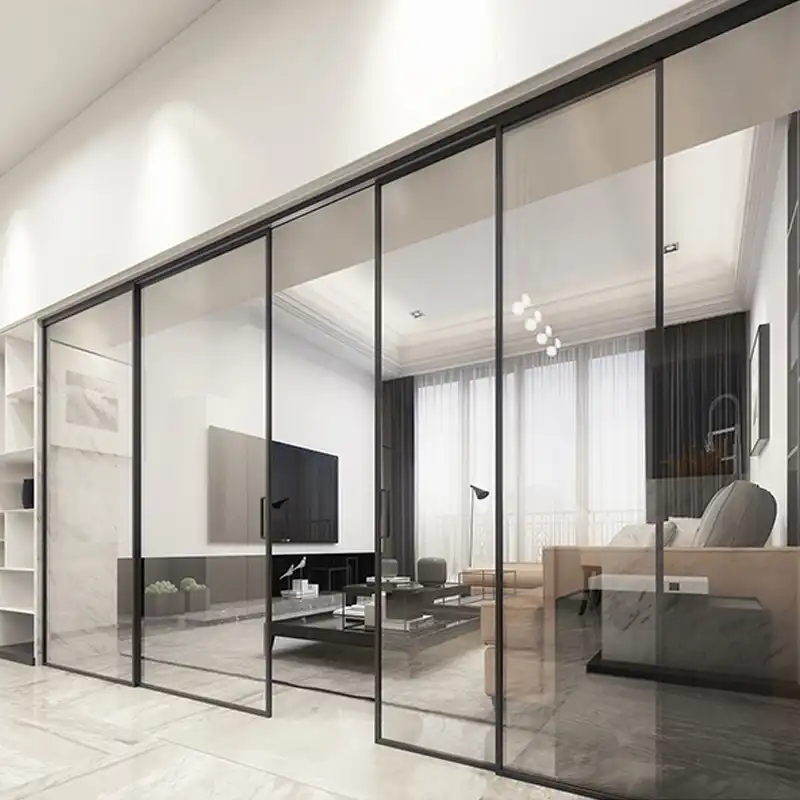
In my years as a hardware factory owner, I’ve seen countless purchasing managers make small mistakes that lead to big problems. A door that fails is a black mark on your project and your reputation. The good news is that avoiding these issues is straightforward when you know what to look for. Let me guide you through the critical details so you can source with total confidence.
How do you know which rollers to use for a sliding glass door?
A heavy glass door presents unique challenges. The wrong roller can strain under the weight, leading to jerky movement or even failure. Selecting a robust roller prevents these costly and dangerous problems.
For a sliding glass door, choose heavy-duty rollers made from stainless steel or reinforced nylon to handle the extra weight. Always check that the roller’s weight capacity is higher than the door’s weight. Also, prioritize corrosion-resistant materials for any doors exposed to moisture.
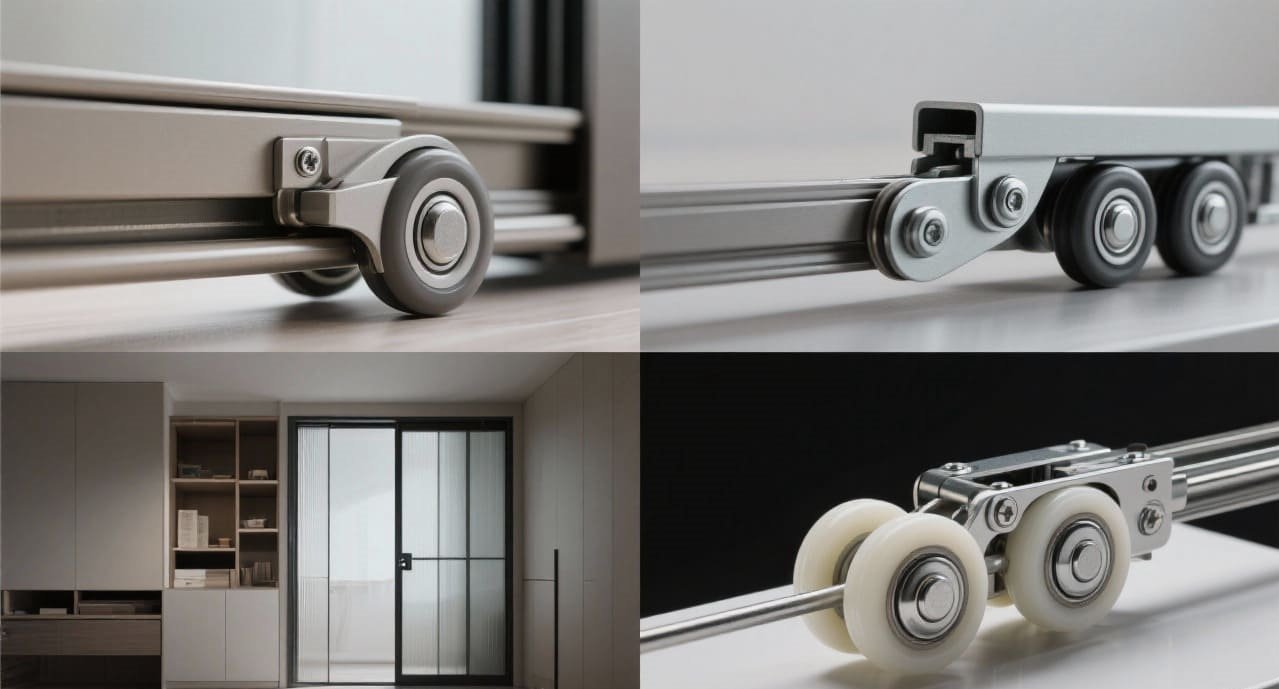
Glass doors are significantly heavier than wood or composite doors, so standard rollers just won’t work. As a manufacturer, this is a detail I always emphasize with my clients. You must start with the door’s specifications before you even think about the hardware.
Check the Load-Bearing Capacity
First, find out the exact weight of your glass door panel. A good rule of thumb is to choose a roller system with a weight capacity1 at least 25% higher than the door’s weight. This safety margin accounts for usage stress and ensures long-term durability. For example, if your door weighs 80kg, look for rollers rated for 100kg or more.
Material Matters for Longevity
The material of the roller and its housing is critical, especially for patio doors or bathroom applications where moisture is present.
| Material | Best Use Case | Pros | Cons |
|---|---|---|---|
| Stainless Steel2 | Exterior/Wet Areas | Excellent corrosion resistance, very strong | Higher cost, can be noisier |
| Durable Nylon | Interior Doors | Quiet, smooth operation | Can wear over time, lower load capacity |
| Zinc-Plated Steel | General Interior | Cost-effective, strong | Prone to rust if coating is damaged |
For most glass doors, I recommend stainless steel bearings and housing for maximum durability.
How do I choose a sliding door track?
Your high-quality rollers are useless with the wrong track. A mismatched track and roller will cause jamming, derailment, and premature wear on the entire system. Choosing a compatible track is essential for performance.
To choose a sliding door track, first decide between a top-hung or bottom-rolling system based on your needs. Then, select a material like aluminum or steel that can support the door’s weight. Most importantly, ensure the track’s profile and size match your chosen rollers.
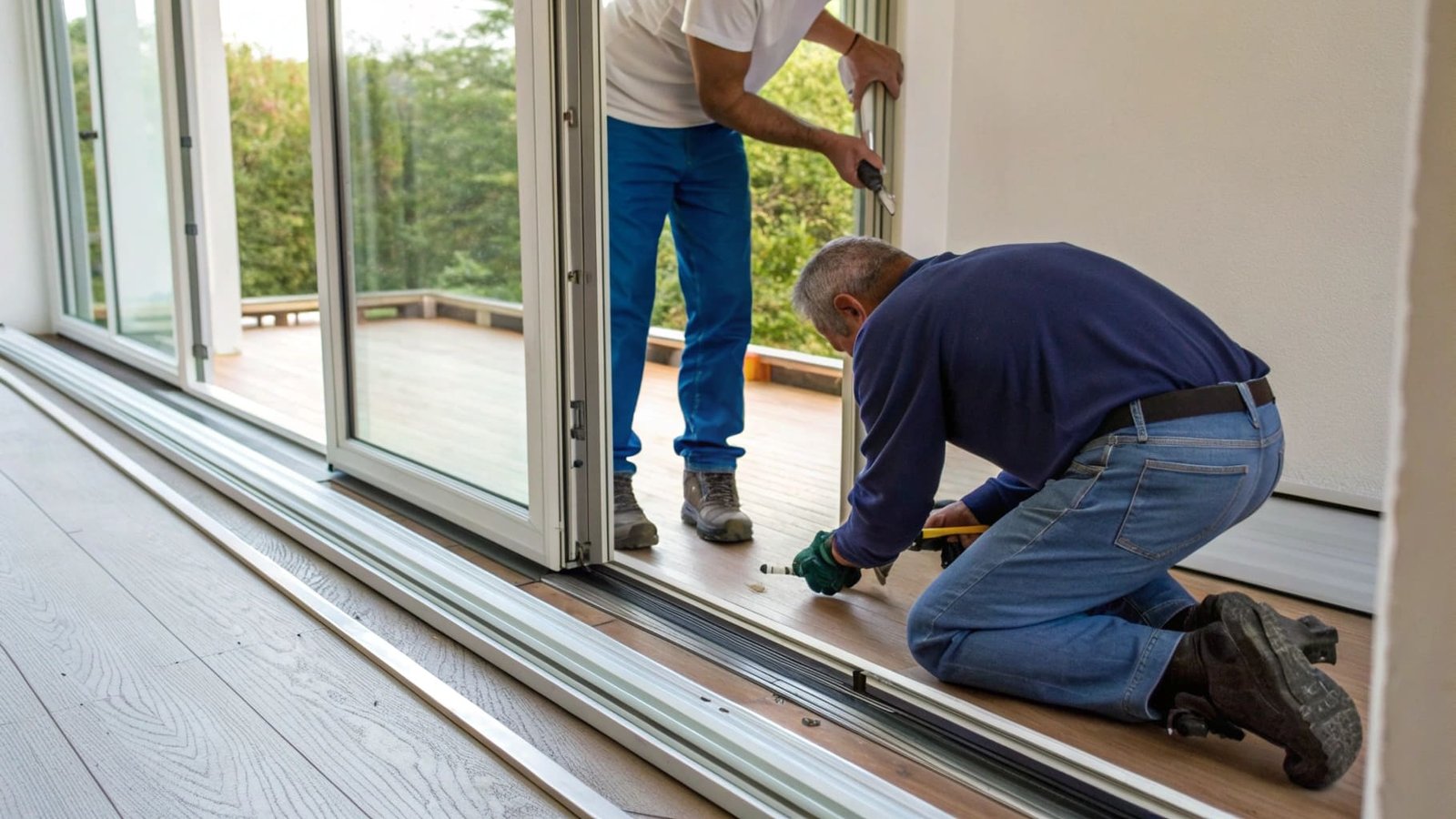
I often see customers buy heavy-duty rollers and pair them with a light-duty aluminum track. This is a recipe for failure. The track is the foundation of the system, so it needs to be just as robust as the rollers that run on it.
Top-Hung3 vs. Bottom-Rolling Systems
Your choice here impacts both aesthetics and function. A top-hung system is my preference for most interior applications because it provides a clean, threshold-free opening.
| System Type | Description | Best For |
|---|---|---|
| Top-Hung3 | The door hangs from rollers in an overhead track. | Interior doors, room dividers, creating a seamless floor. |
| Bottom-Rolling | The door’s weight rests on rollers in a floor track. | Extremely heavy doors (industrial), patio doors. |
Material and Profile
For most residential and commercial projects, aluminum tracks4 offer the best balance of strength, low weight, and corrosion resistance. They are easy to install and come in various finishes. For extremely heavy doors over 150kg, a galvanized or stainless steel track provides the necessary structural support. The track’s shape, or profile, must perfectly match the wheel shape of your roller—a ‘U’ groove roller needs a ‘U’ shaped track, not a flat one.
How do you choose the right door hardware?
Choosing hardware goes beyond just the rollers and track. Hinges, handles, and locks all contribute to the final user experience. Poor quality in any one of these can undermine an otherwise excellent installation.
To choose the right door hardware, consider the application’s demands. Prioritize material quality—like 304 stainless steel for durability. Ensure all components, from rollers to handles, are rated for your door’s weight and intended use. Look for suppliers who offer customizable options.
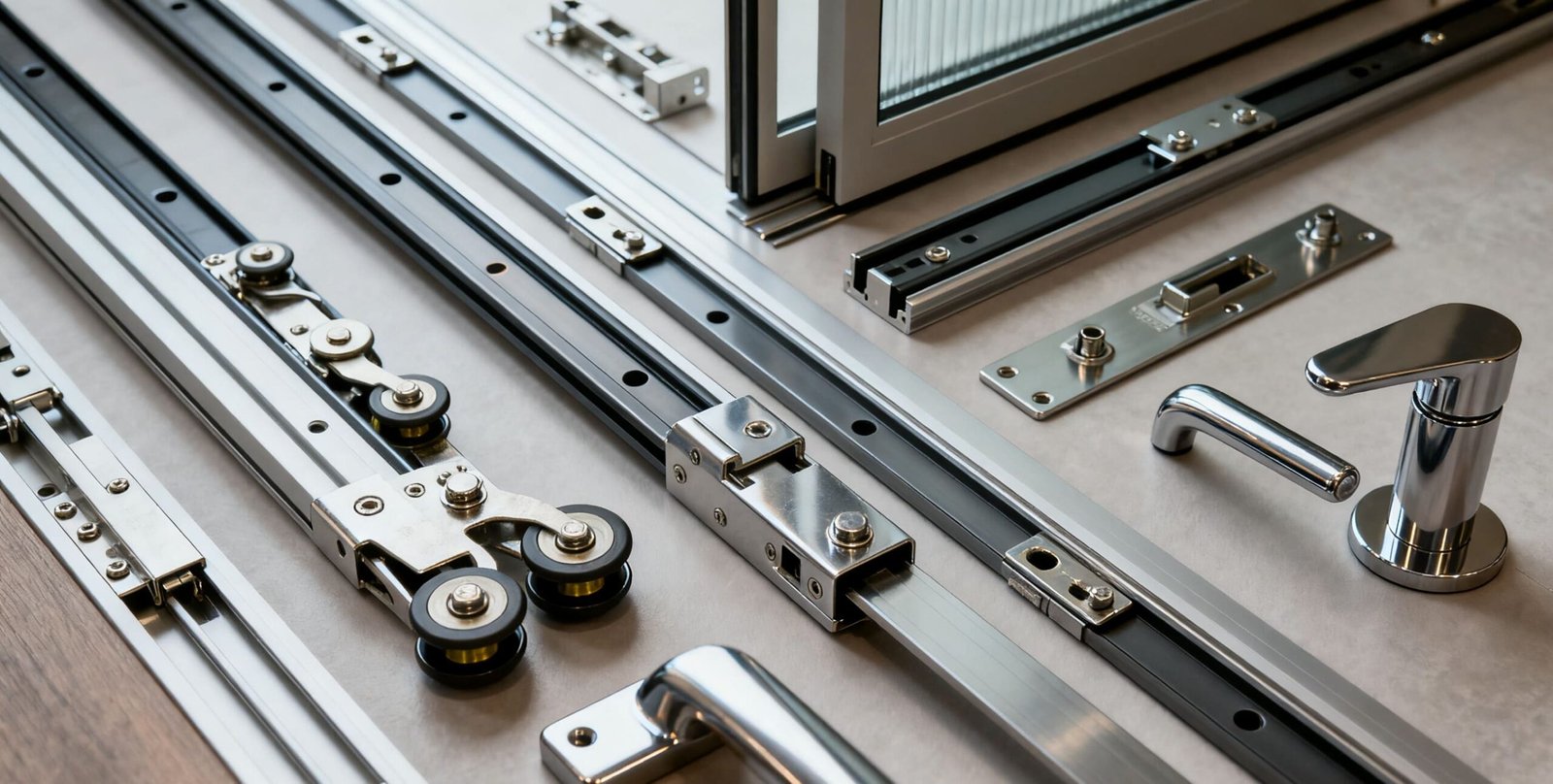
As a factory, we handle complete hardware systems. This includes everything from the main sliding mechanism to the smallest screw. I always tell purchasers like Mason that consistency is key. Sourcing all your components from one reliable supplier ensures compatibility and consistent quality.
It’s a Complete System
Think of the hardware as one complete ecosystem. A heavy-duty roller system needs a handle that can withstand the force of moving a heavy door. A soft-close mechanism needs to be calibrated for the specific weight of the door it is slowing down. My insight here is that compatibility is more than just fit; it’s about performance. All parts must work together.
Quality You Can See and Feel
Material quality makes a huge difference. For metal components, look for solid construction, not hollow or thinly plated parts. Good hardware has a certain weight and feel to it. For example, our hinges and rollers use high-grade steel and precision bearings. This is why we can confidently offer customization and branding on our products—we stand behind their quality. The best way to judge is to ask for samples. A good supplier will be happy to provide them.
How do you determine sliding door direction?
Deciding which way a sliding door opens seems simple, but it has a big impact on a room’s flow and usability. An incorrect opening direction can block light switches, furniture, or walkways.
To determine sliding door direction, consider the room’s layout. The door should slide open toward a clear wall space, not blocking light switches, outlets, or other doorways. The "handing" is determined by which side the door sits on when it is closed, viewed from outside the room.
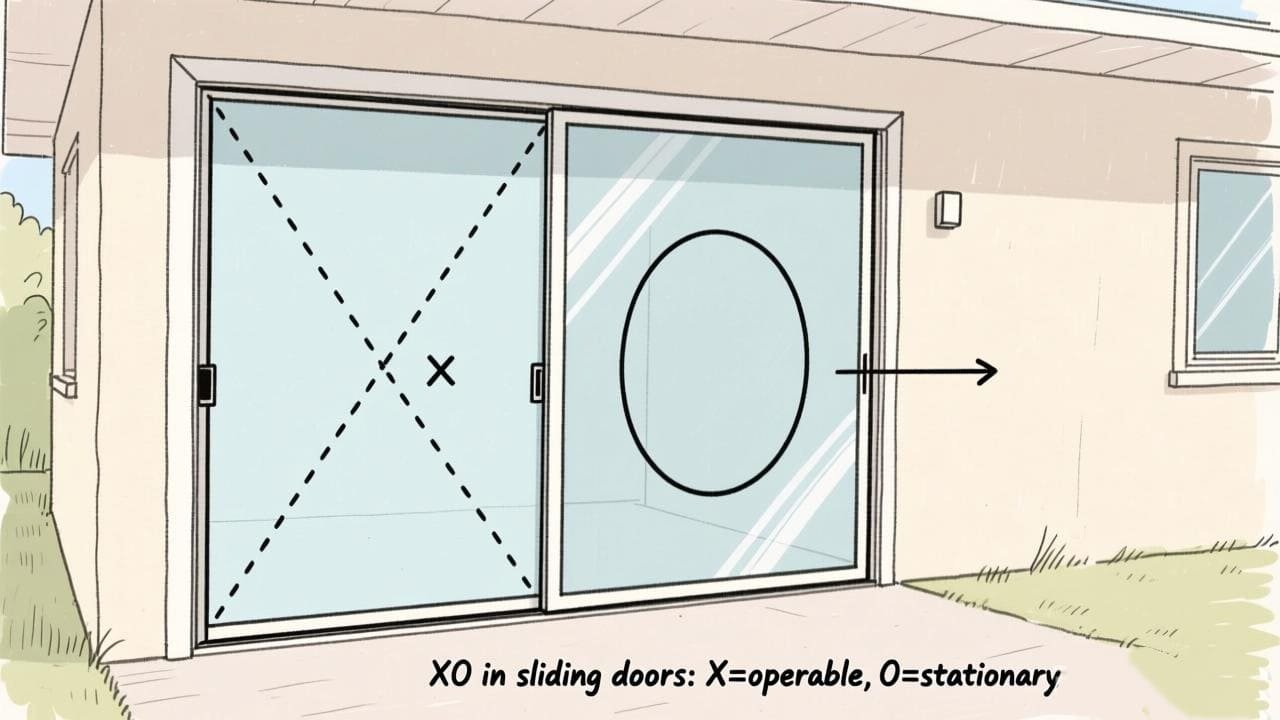
This is a planning step that happens before a single hole is drilled. I’ve had conversations with contractors who had to re-do an installation because the door opened the wrong way, creating a daily annoyance for the end-user. It’s an easy detail to get right upfront.
Understanding Door Handing
"Handing" is the industry term for the opening direction. While it’s more critical for swinging doors, it’s also important for sliding doors, especially when ordering hardware kits with handles or locks.
- Left-Hand Sliding5: When the door is closed, it slides to the left to open. The handle would typically be on the right side of the door panel.
- Right-Hand Sliding6: When the door is closed, it slides to the right to open. The handle would typically be on the left side of the door panel.
Practical Planning
Before finalizing your order, walk through the space. Stand where the door will be. Imagine it opening. Does it cover a window? Does it force you to walk around furniture? A door should open to create space, not new obstacles. For bi-parting doors, which have two panels that slide apart, a central opening is natural. For single-panel doors, sliding it toward the least-used wall area is almost always the best choice.
Conclusion
Choosing the right sliding door system comes down to matching the hardware to the door’s weight and use. Prioritize quality materials and get the measurements right for smooth, long-term performance.
Understanding the right weight capacity ensures safety and durability for your glass door installation. ↩
Explore the benefits of Stainless Steel for glass door rollers to ensure long-lasting performance and resistance to corrosion. ↩
Explore the benefits of Top-Hung systems for interior applications, ensuring a clean and functional design. ↩ ↩
Learn why aluminum tracks are favored for their strength, lightweight, and corrosion resistance in various projects. ↩
Understanding Left-Hand Sliding is crucial for proper door installation and functionality, ensuring your space is optimized. ↩
Exploring Right-Hand Sliding helps you make informed decisions about door placement and hardware selection for your home. ↩

